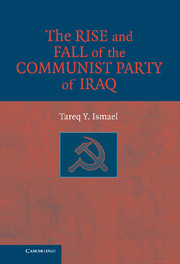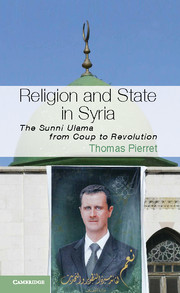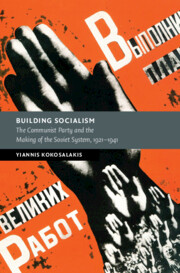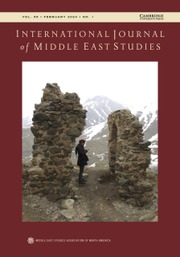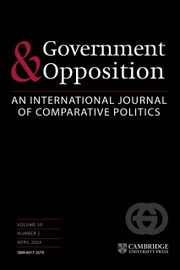The Rise and Fall of the Communist Party of Iraq
This comprehensive work examines the complex transformation of the Iraqi Communist Party from vanguard actor under Iraq's conservative monarchy to rearguard lackey under US occupation. Born in the interlude between two world wars, the Communist Party of Iraq was fostered by Iraq's embryonic intelligentsia as an approach to national liberation during the period of British domination. Driven underground or into exile by successive waves of Baathist repression beginning in 1963, the party's leadership became progressively dependent on and subservient to the Soviet Union. Dissatisfied with the party's irrelevance to Iraq's sociopolitical dynamics, reform efforts were thwarted by the old-guard leadership, and in the mid-1970s the party fragmented. With the fall of the Hussein regime and the US occupation of Iraq in 2003, the remnants of the party's old guard connected with the US-installed government and became part of the US project in Iraq.
- Draws on hard to find/acquire original party documents as a basis for analysis
- Presents a comprehensive study of the major events in the party's history
- The only up-to-date book on the topic available in any language
Product details
October 2007Hardback
9780521873949
352 pages
229 × 152 × 24 mm
0.69kg
Available
Table of Contents
- 1. The Communist Party of Iraq: origins and foundations
- 2. Ascent of the ICP in Iraqi politics
- 3. Party rift: the emergence of the central leadership
- 4. Alliance with the Ba'th
- 5. The rebirth of central leadership in the 1970s
- 6. Crisis: disintegration or renewal
- 7. Conclusion: the legacy.

